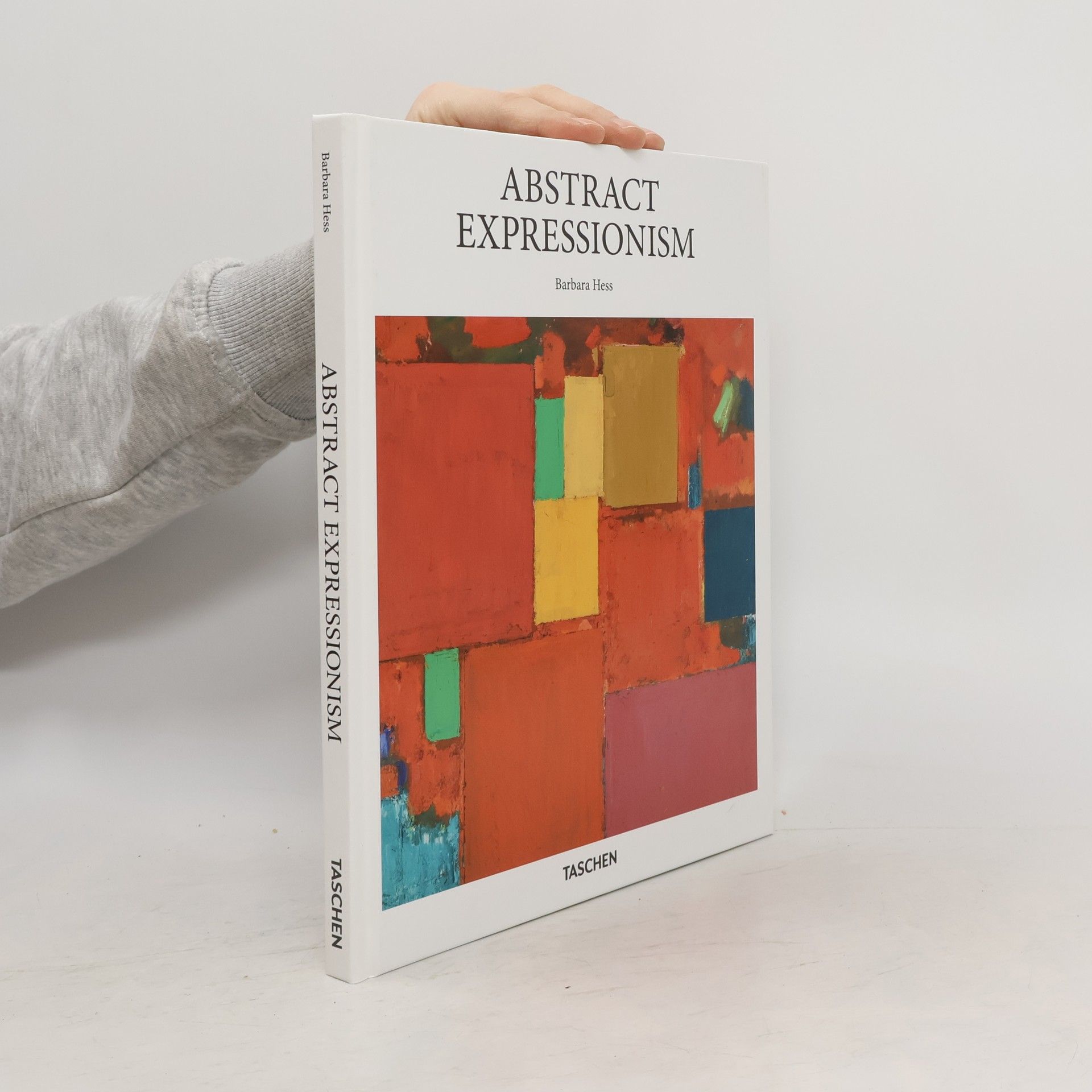Abstract expressionism
- 96bladzijden
- 4 uur lezen
Der Abstrakte Expressionismus betrachtet den ungegenständlichen Einsatz von Farbe als Mittel des persönlichen Ausdrucks. Die erste amerikanische Kunstbewegung, die einen weltweiten Einfluss ausübte, entstand in den 1940er-Jahren. Zu ihren Protagonisten gehörten Jackson Pollock , Philip Guston , Robert Motherwell , Mark Rothko und Willem de Kooning . Aus dem Abstrakten Expressionismus gingen viele verschiedene Stilrichtungen hervor, aber zwei machten besonders Furore: das von de Kooning und Pollock praktizierte Action Painting und die Farbfeldmalerei, die vor allem durch Rothko berühmt wurde. Alle Abstrakten Expressionisten wollten Emotionen und Ideen durch Markierungen , Formen, Texturen, Farbschattierungen und die Art des Pinselstrichs transportieren. Sie bevorzugten großformatige Leinwände und räumten dem Zufall in der Entstehung ihrer Kunst eine wichtige Rolle ein. Dieses Buch präsentiert Arbeiten der 20 wichtigsten Abstrakten Expressionisten und stellt die Bewegung vor, die das Zentrum der Kunstwelt von Paris nach New York verlagerte und für viele nach wie vor den Höhepunkt amerikanischer Kunst repräsentiert.

